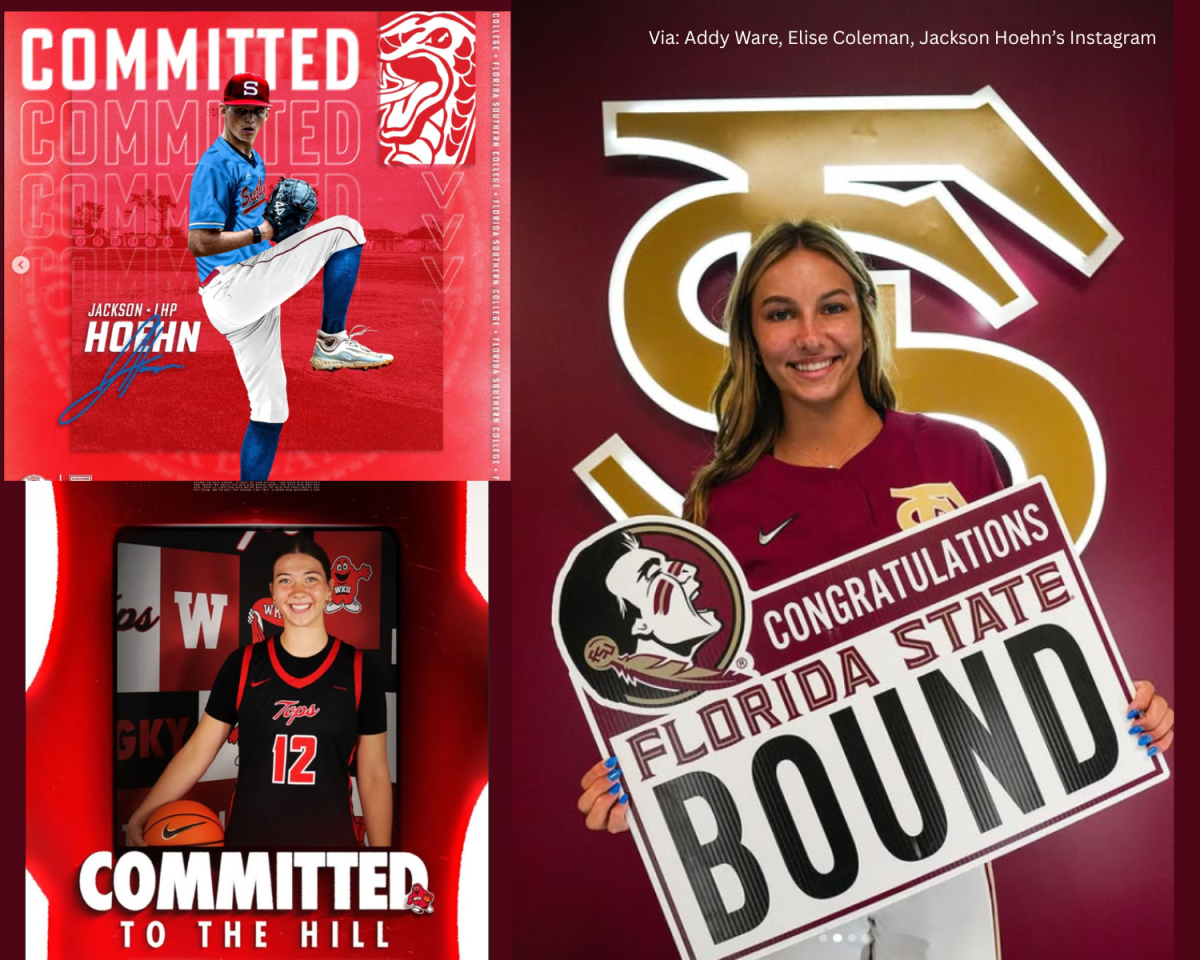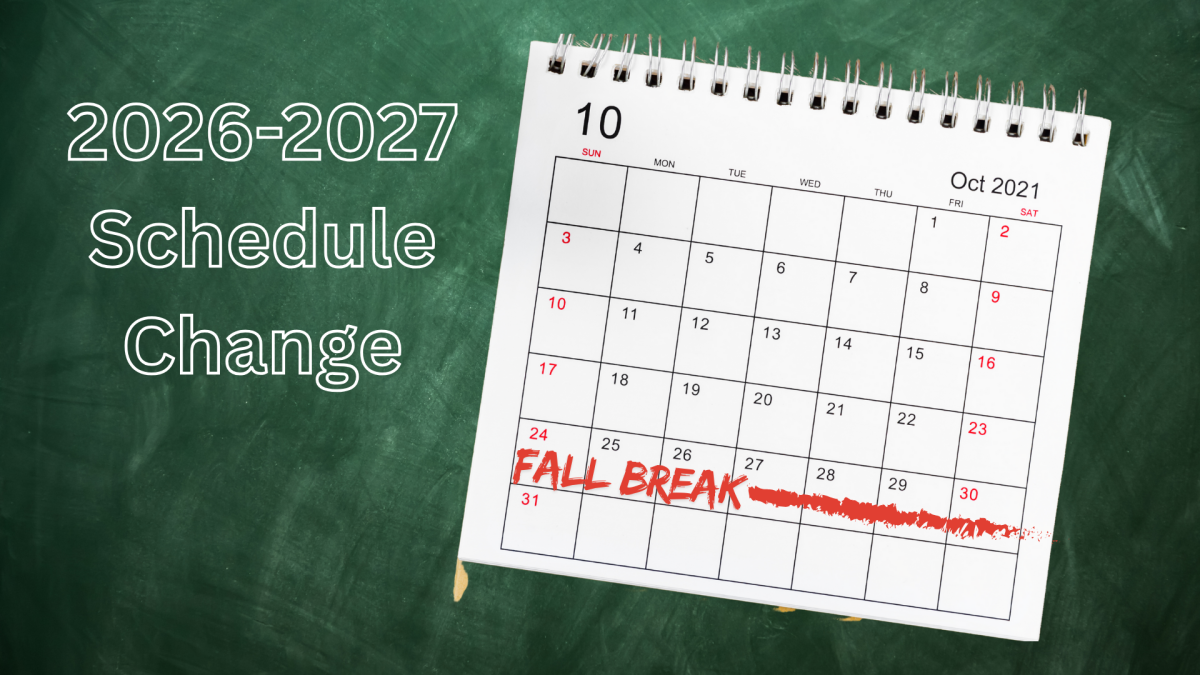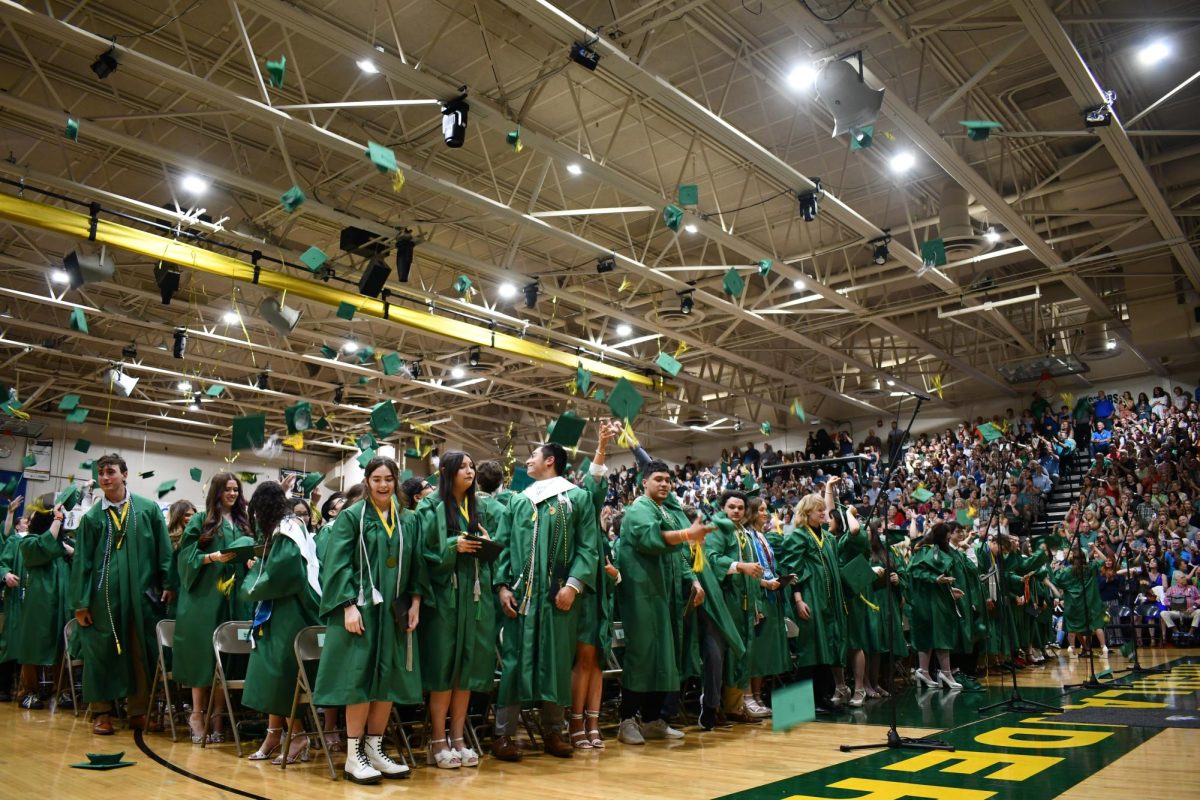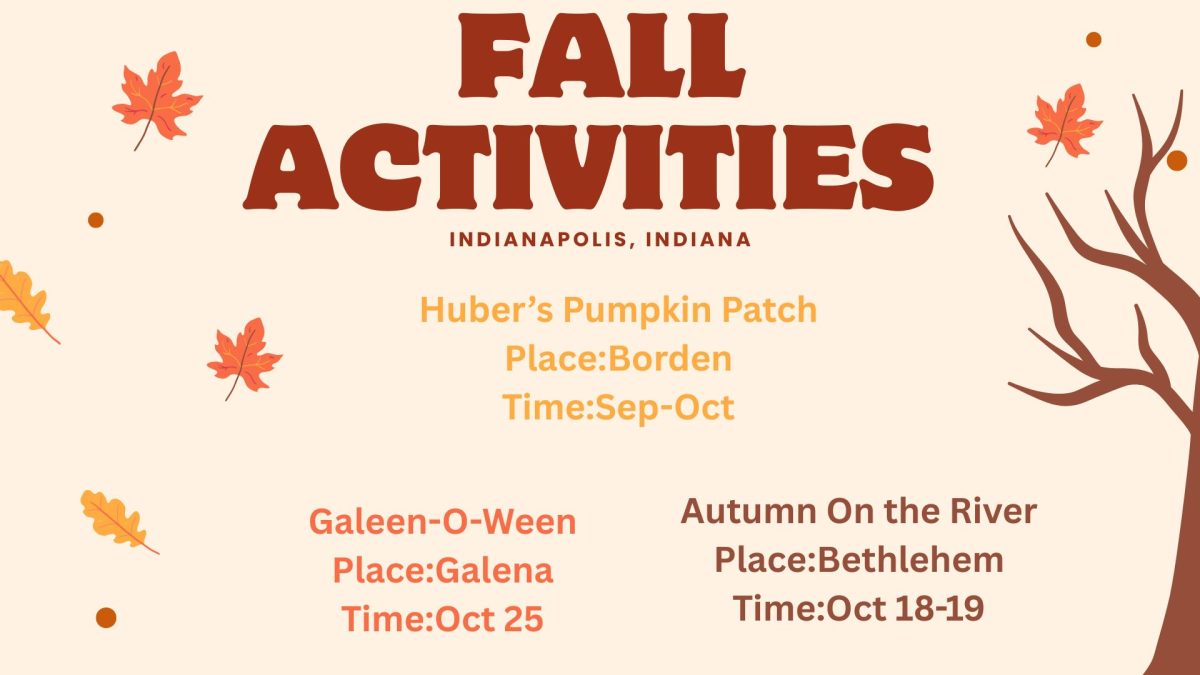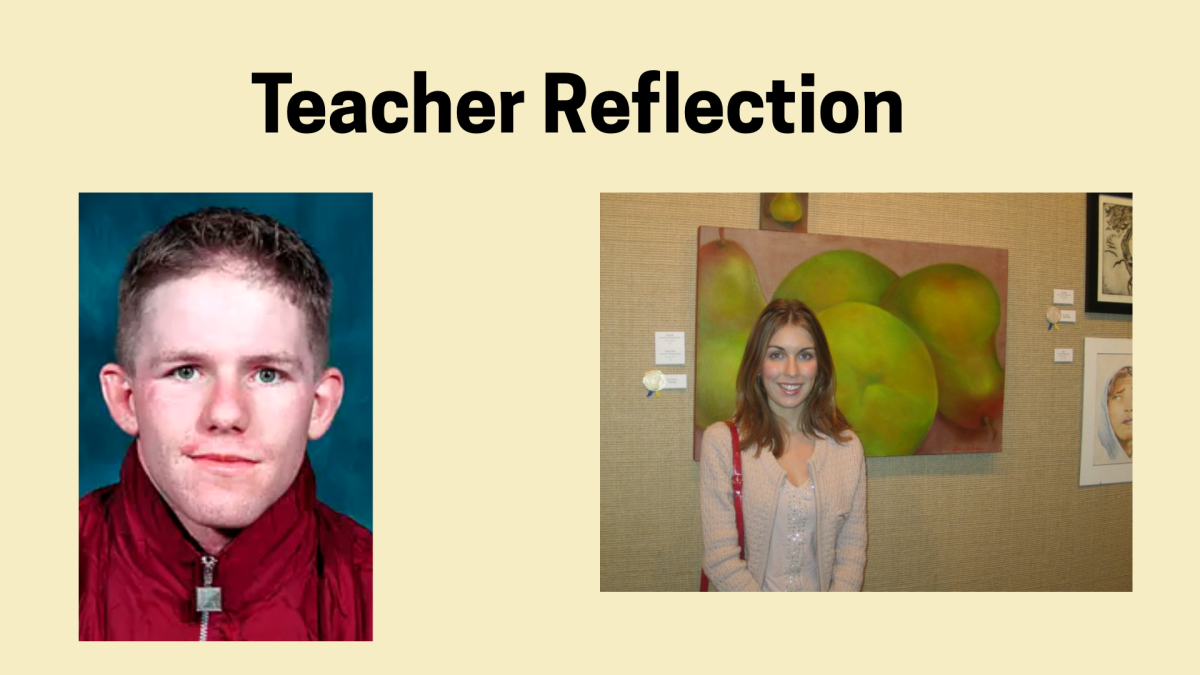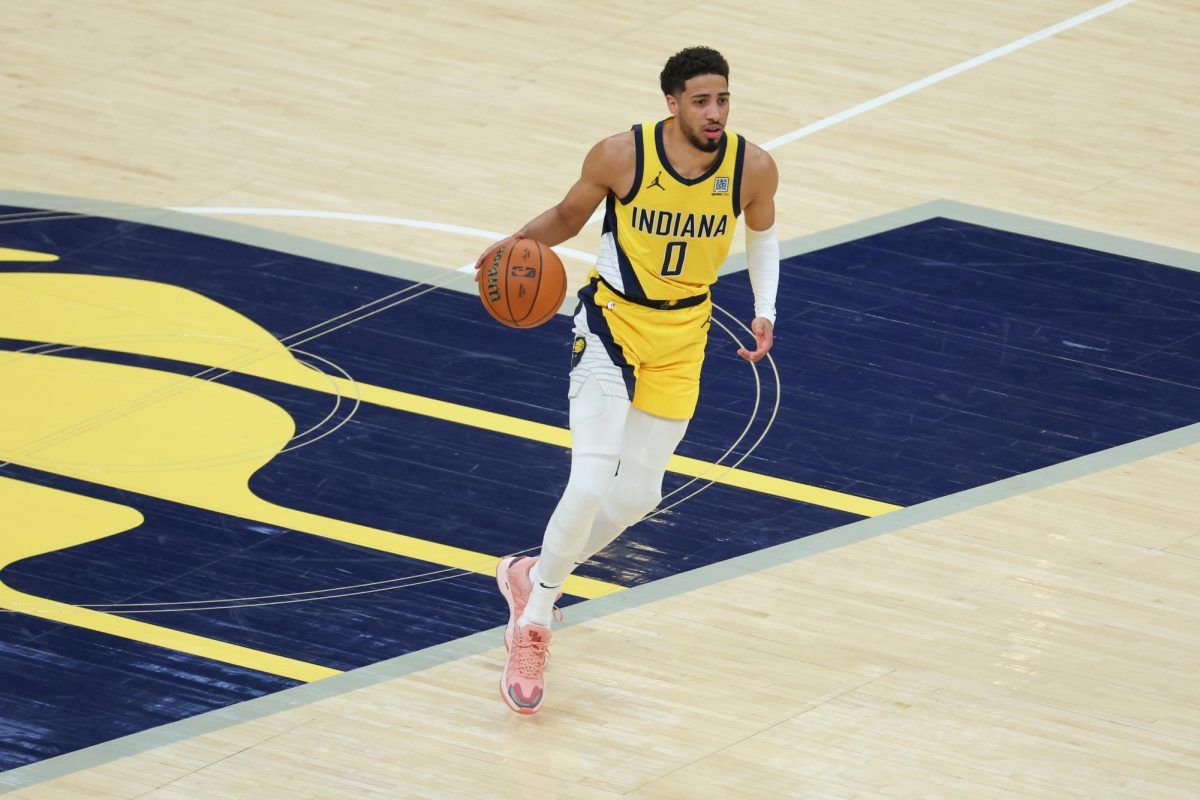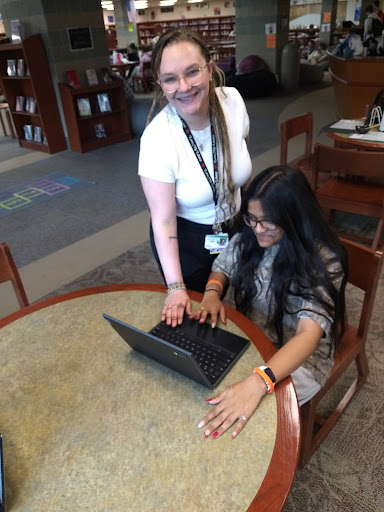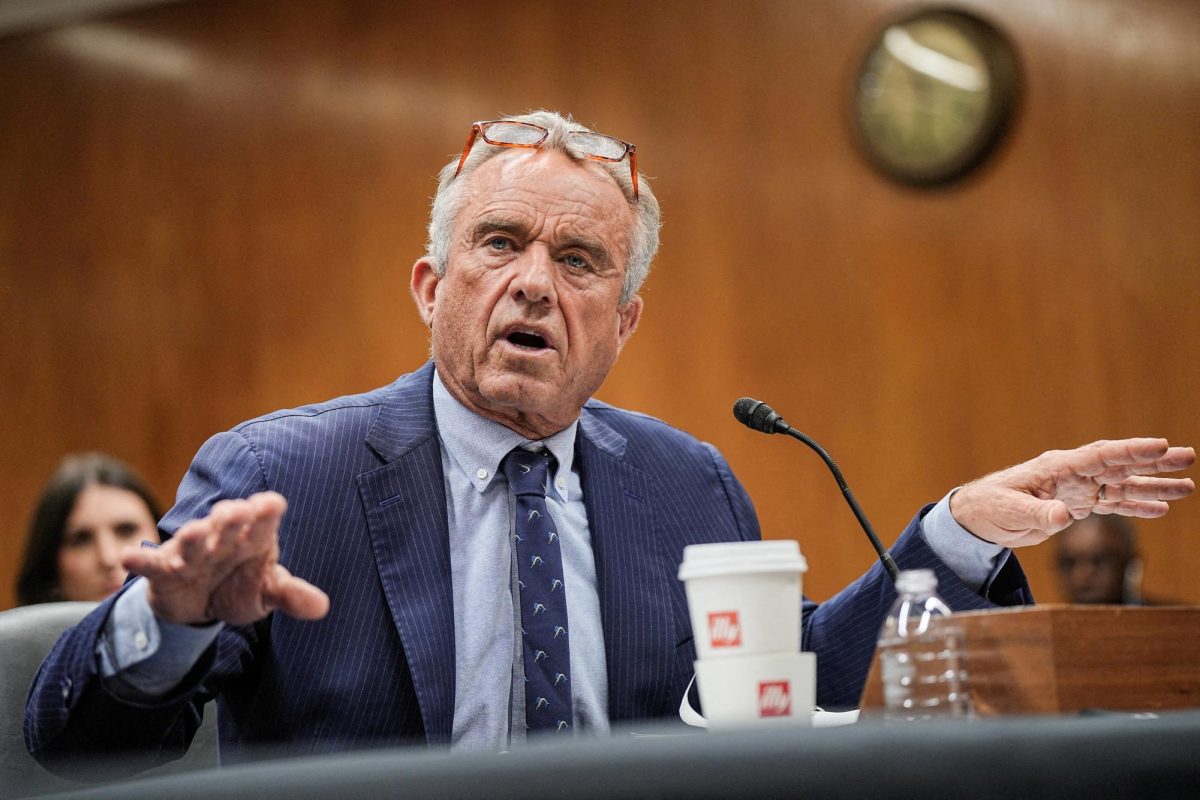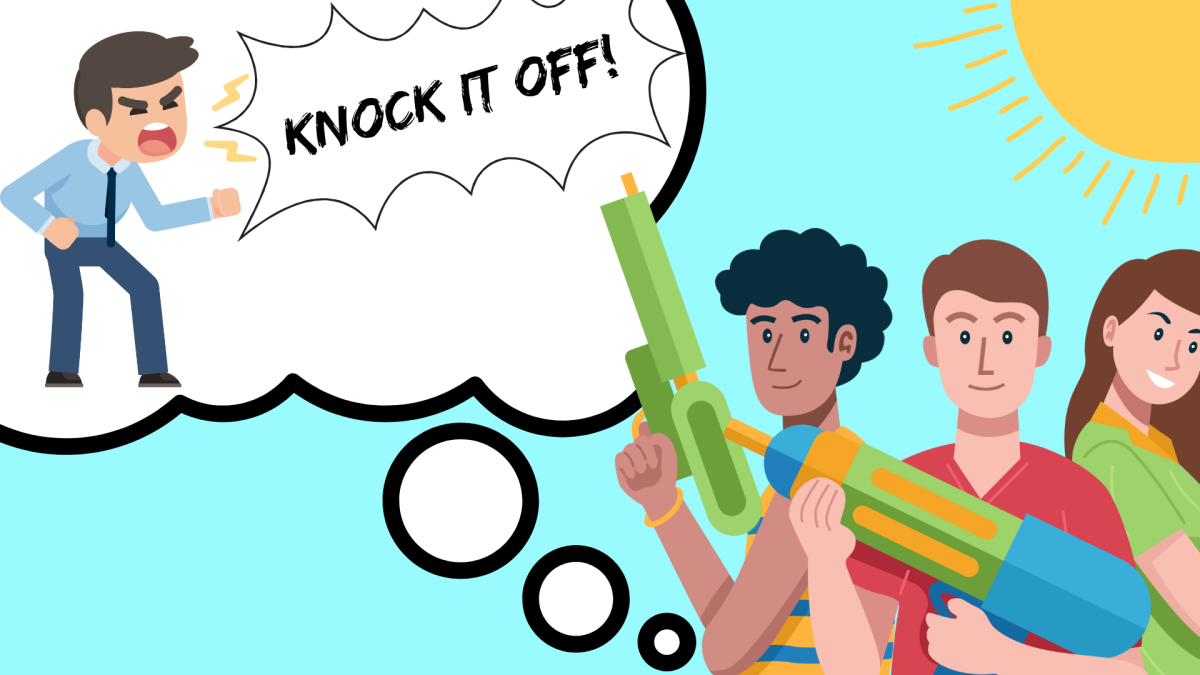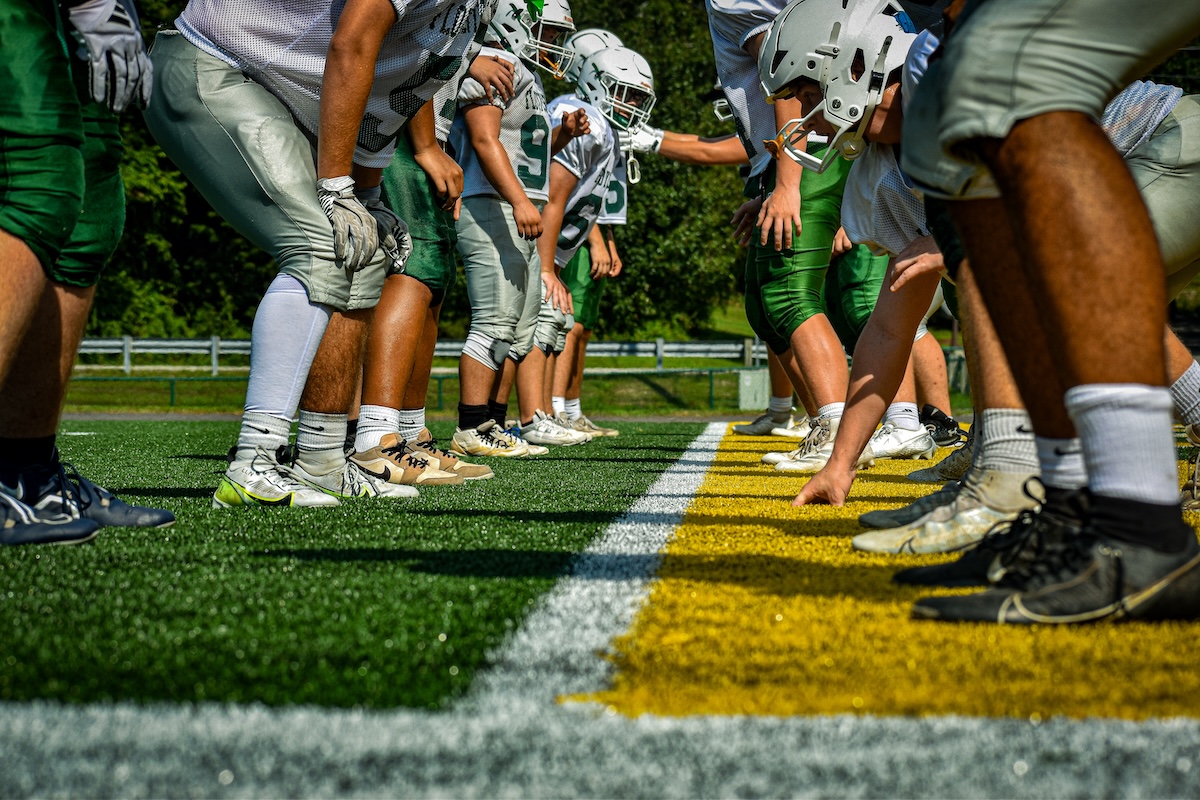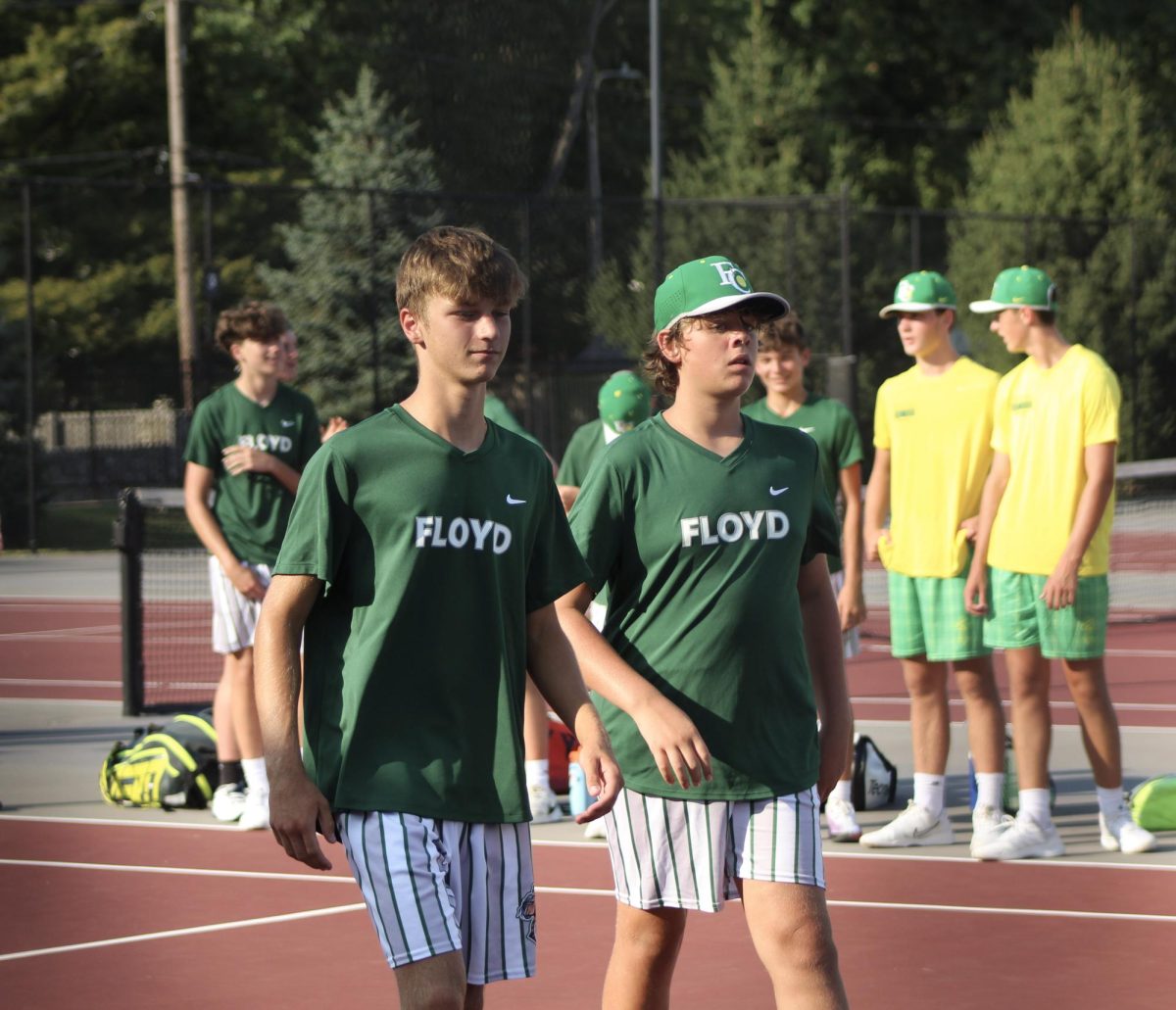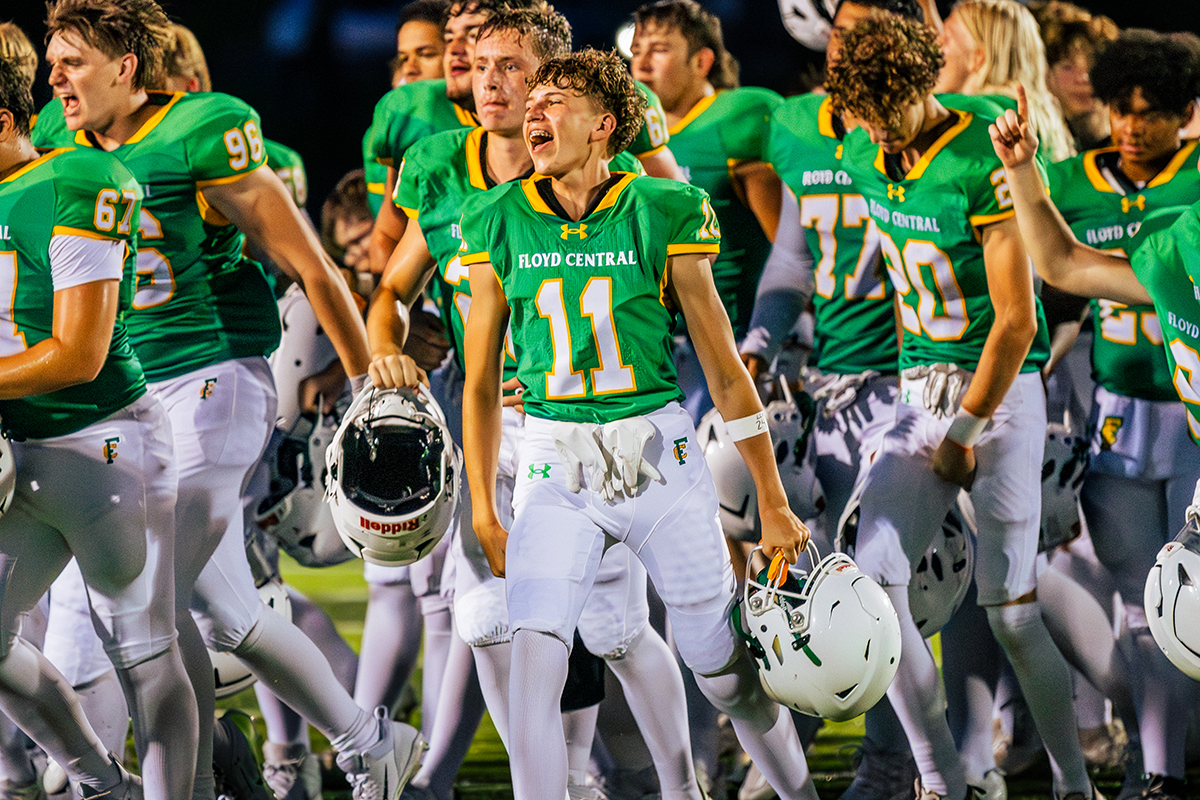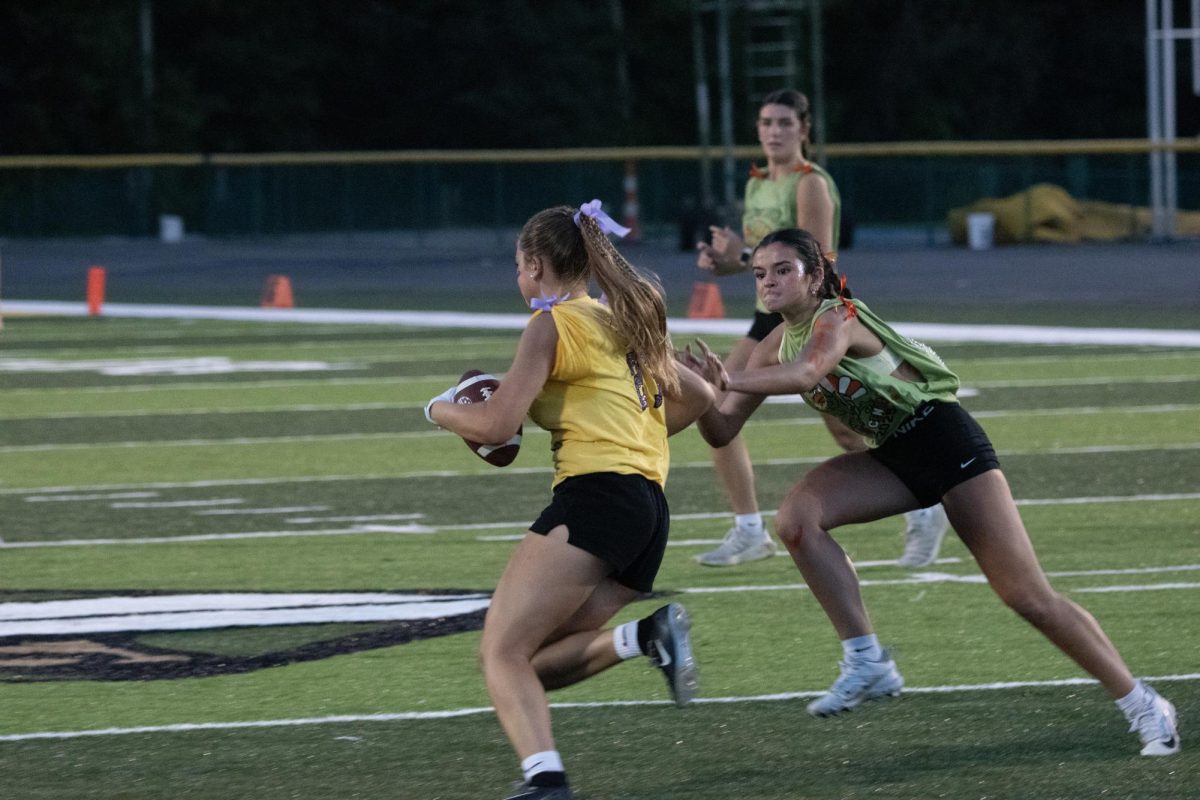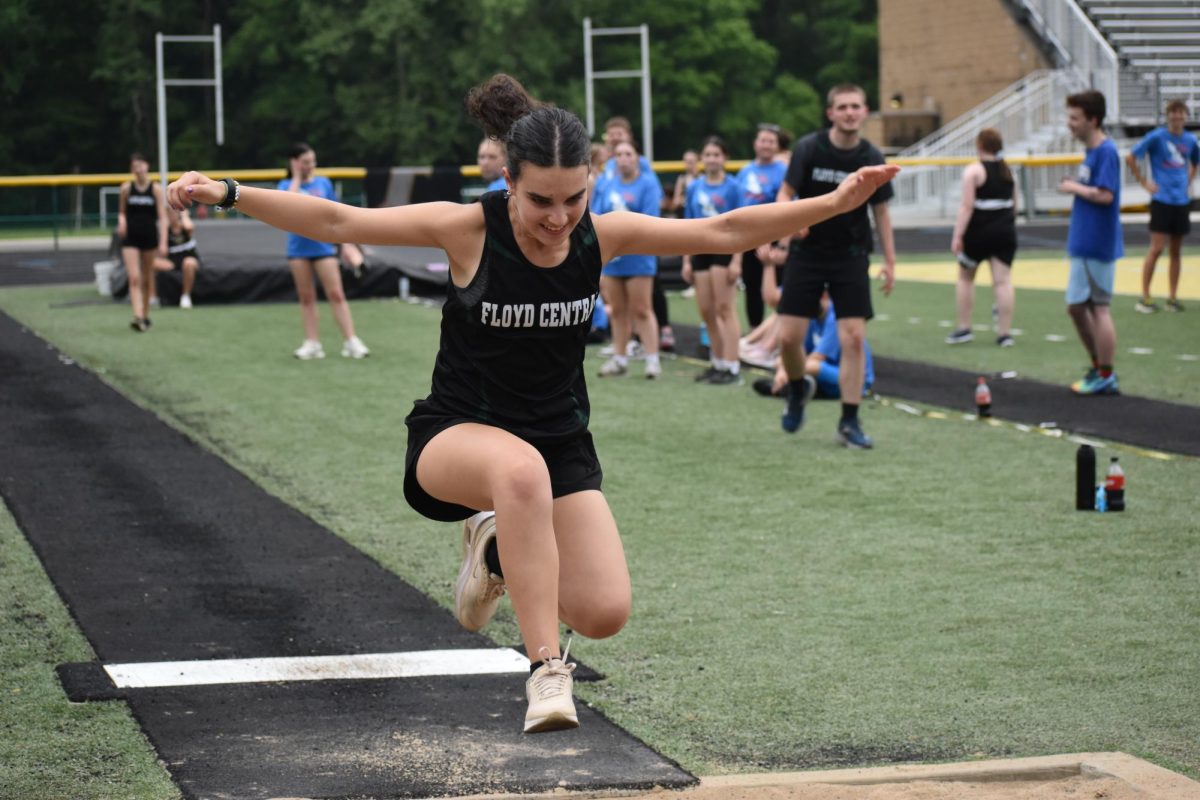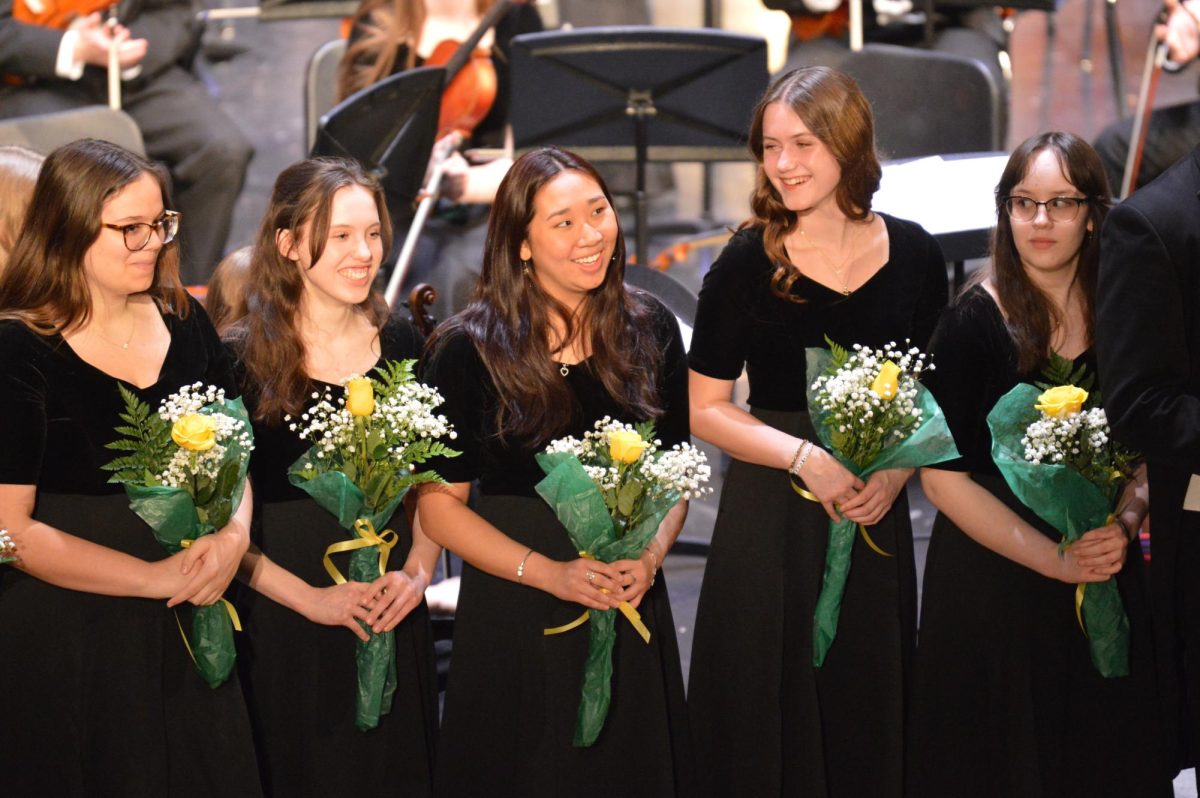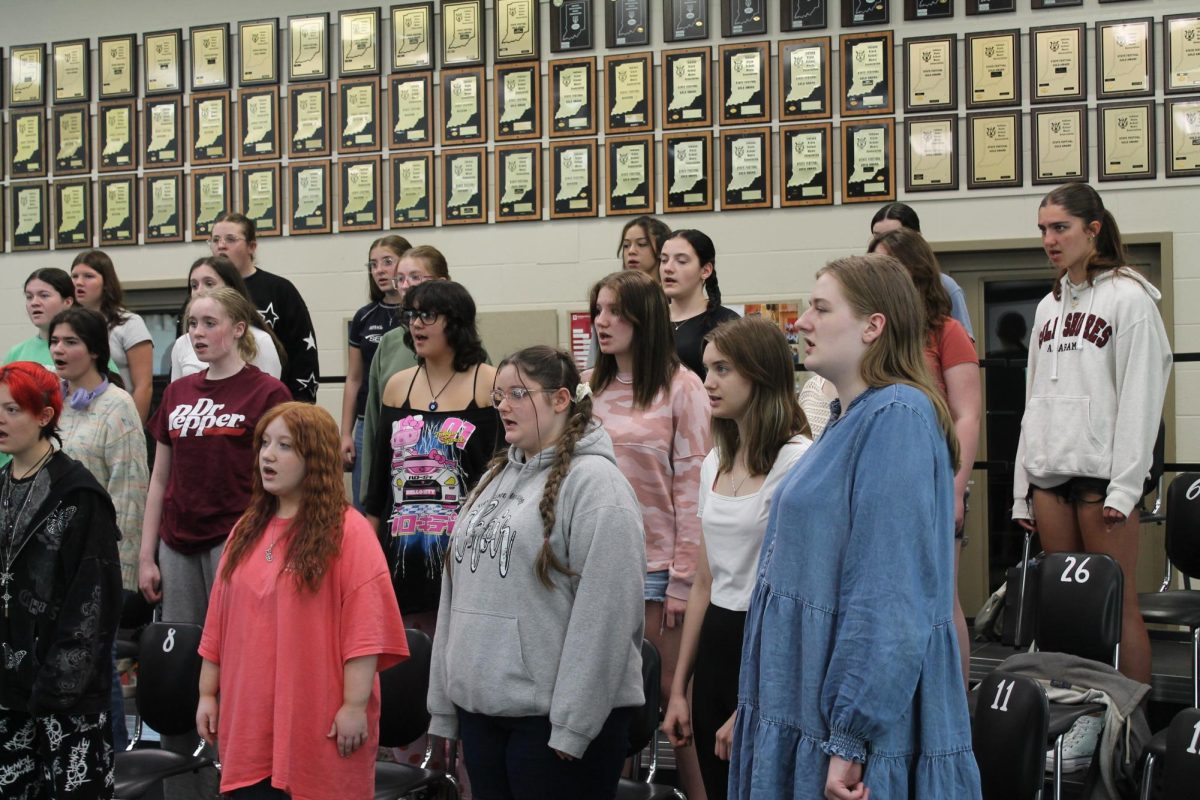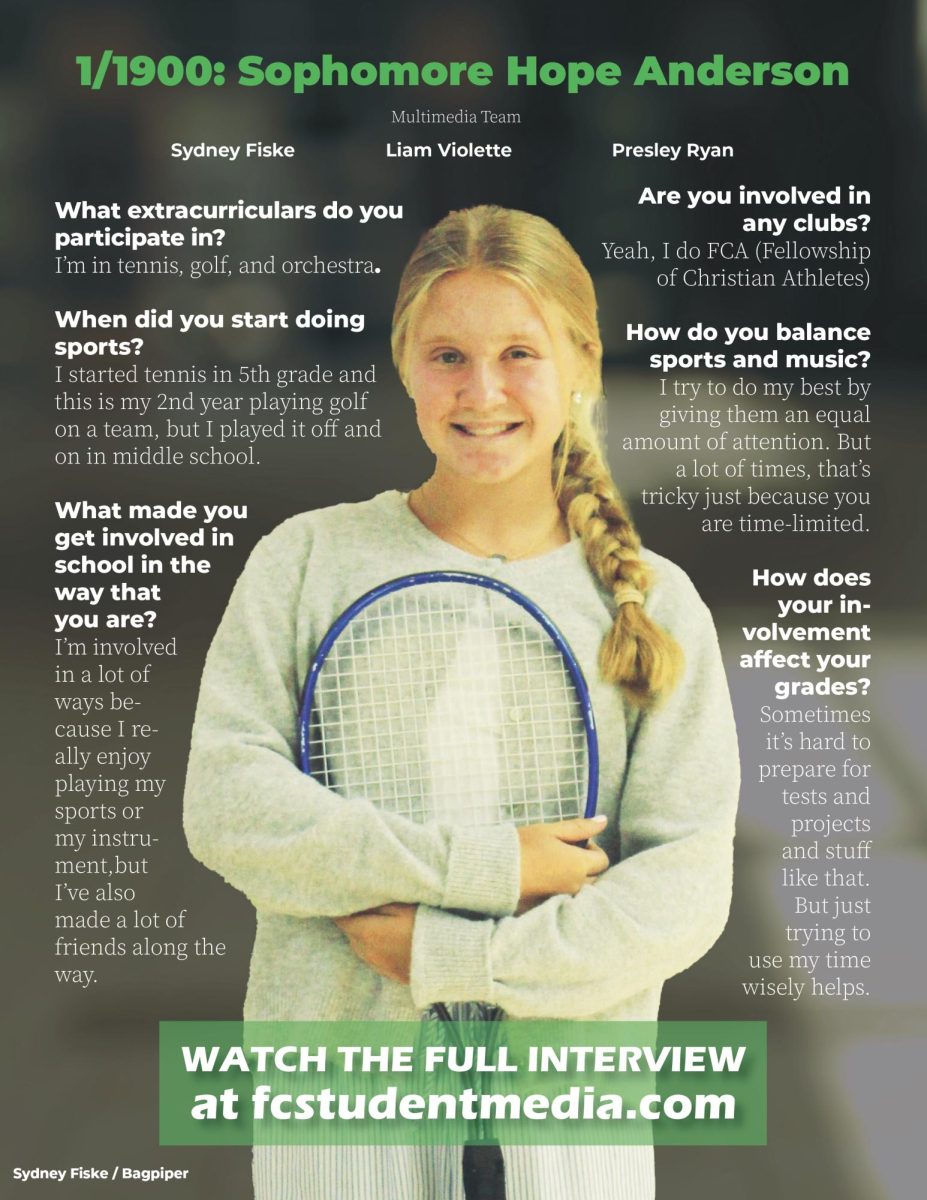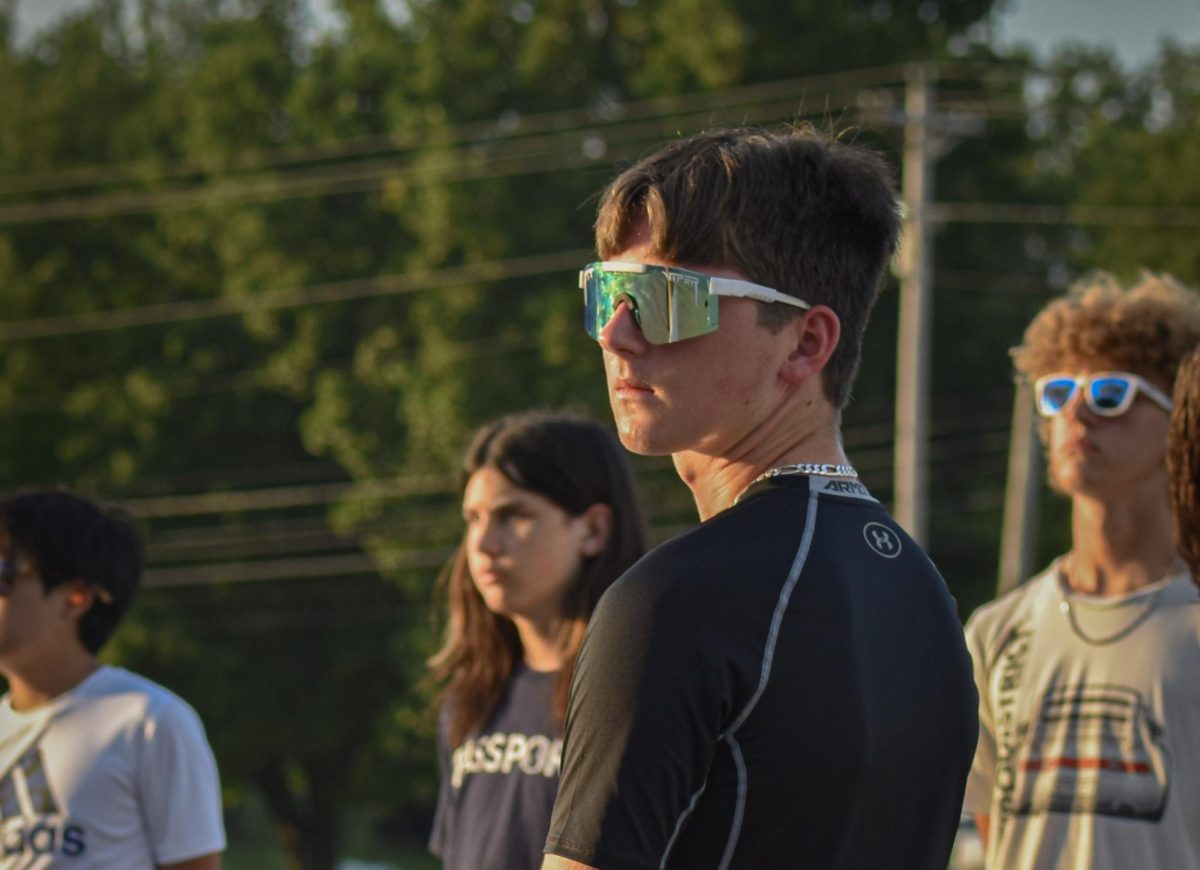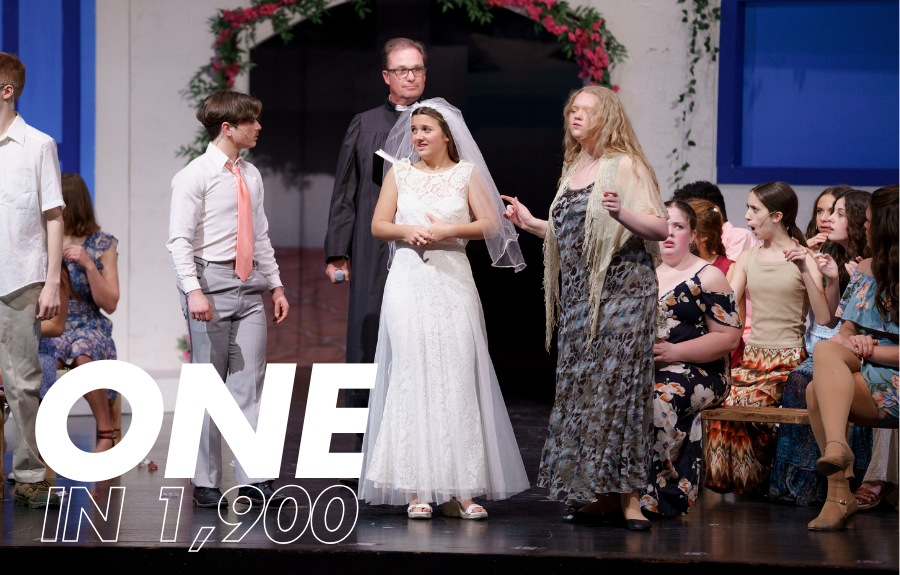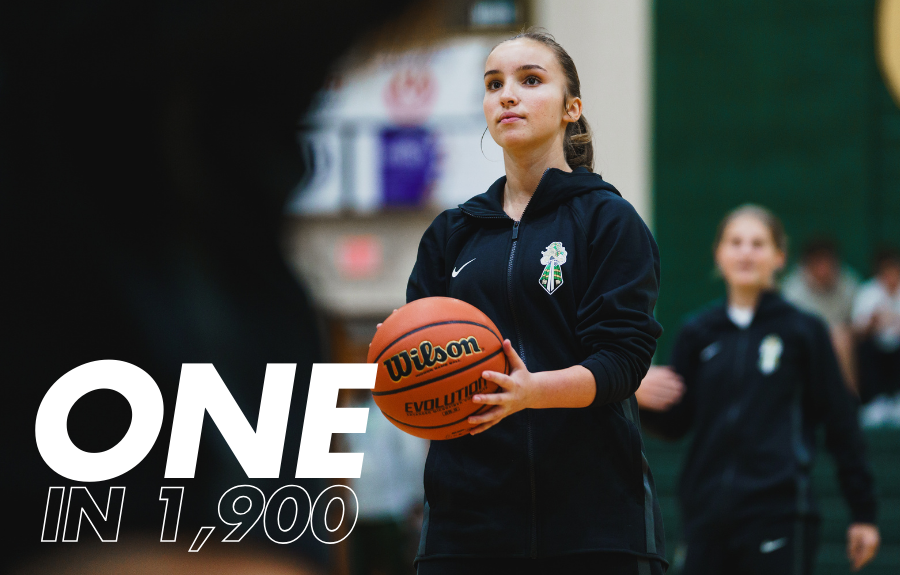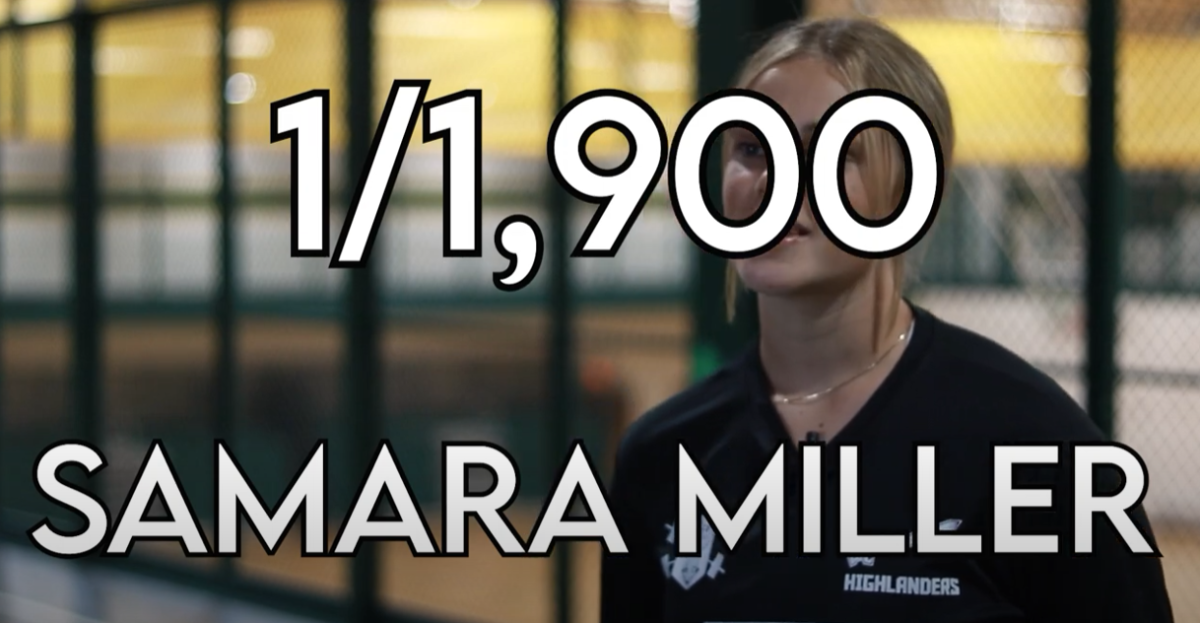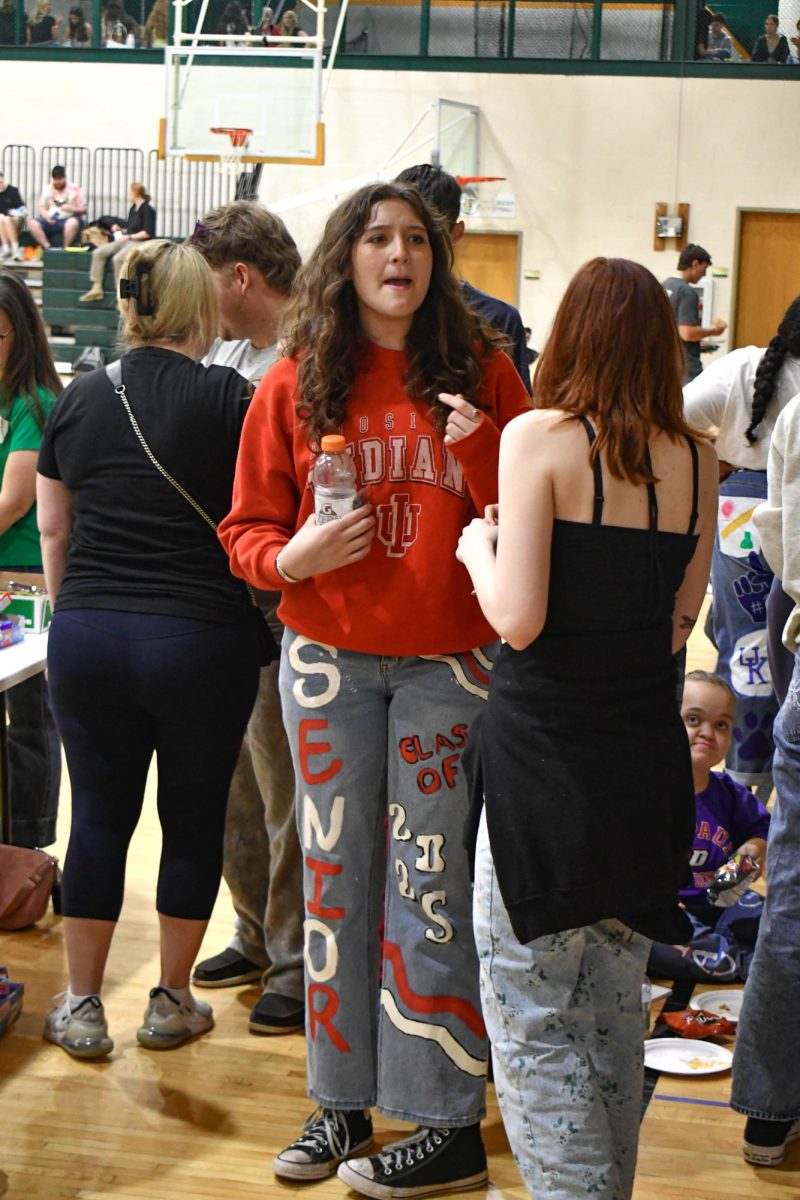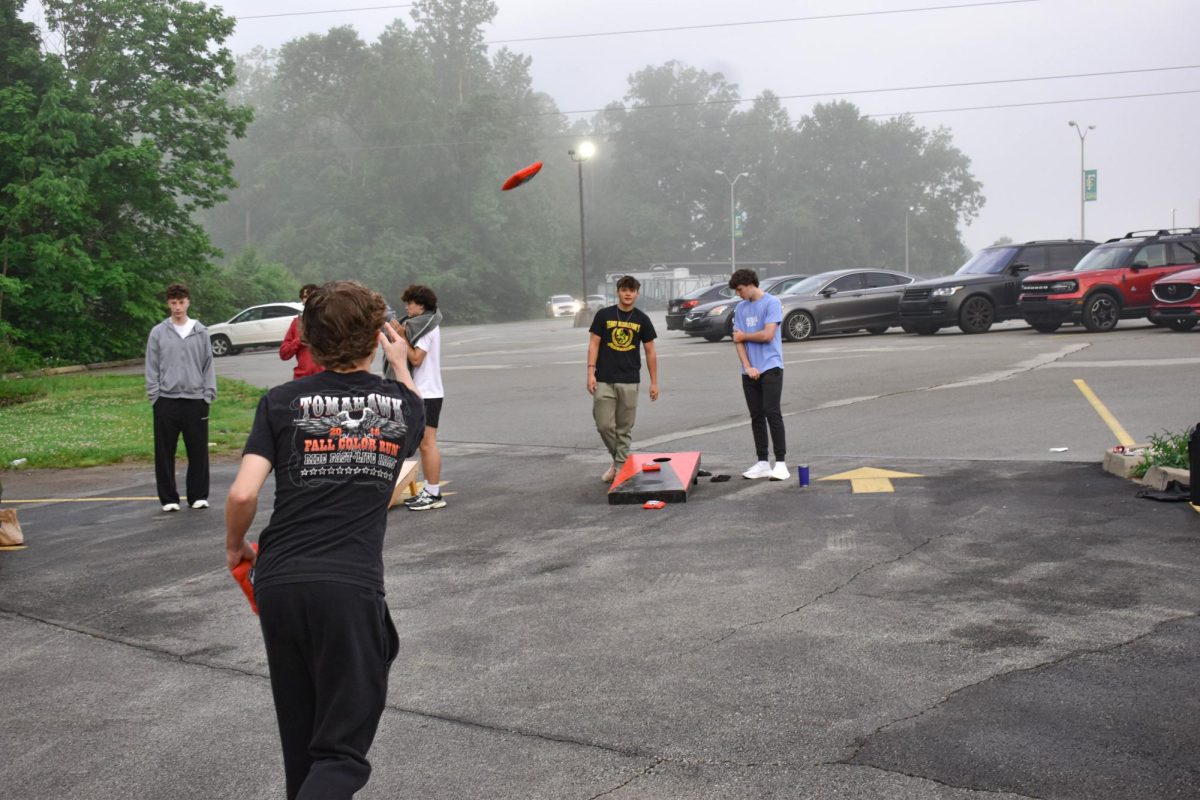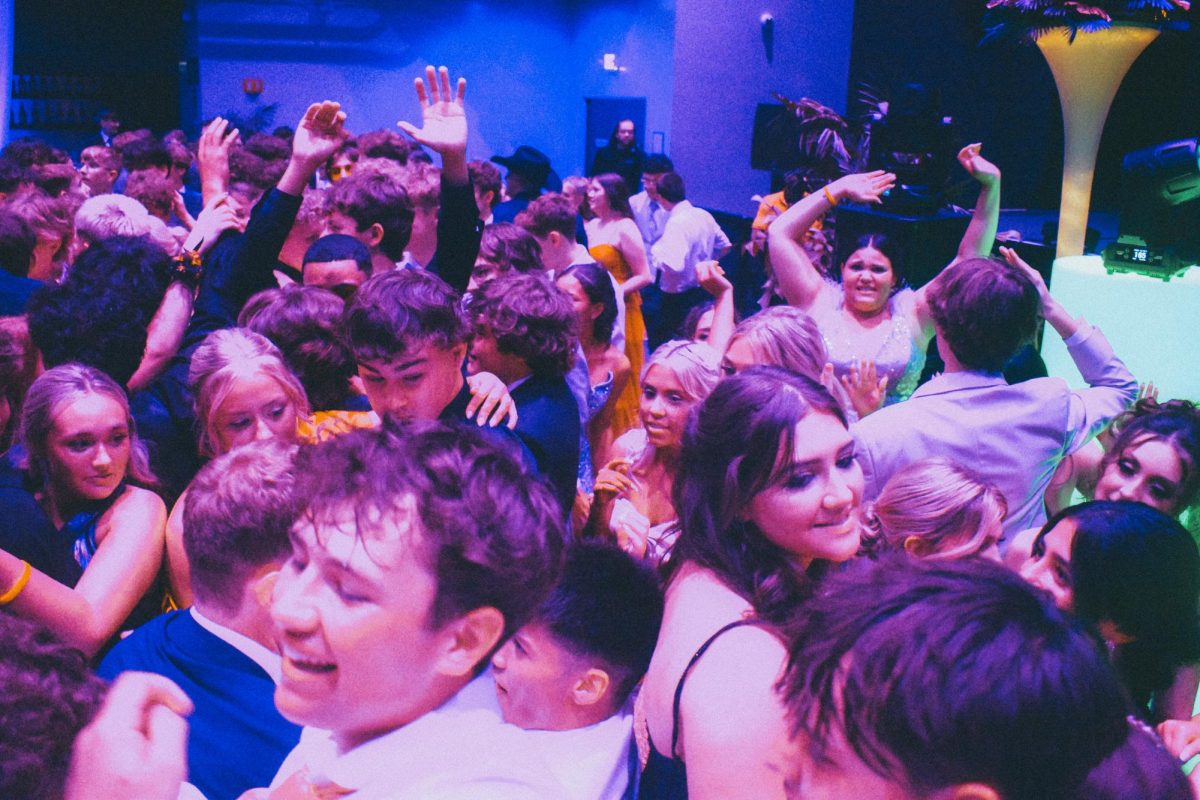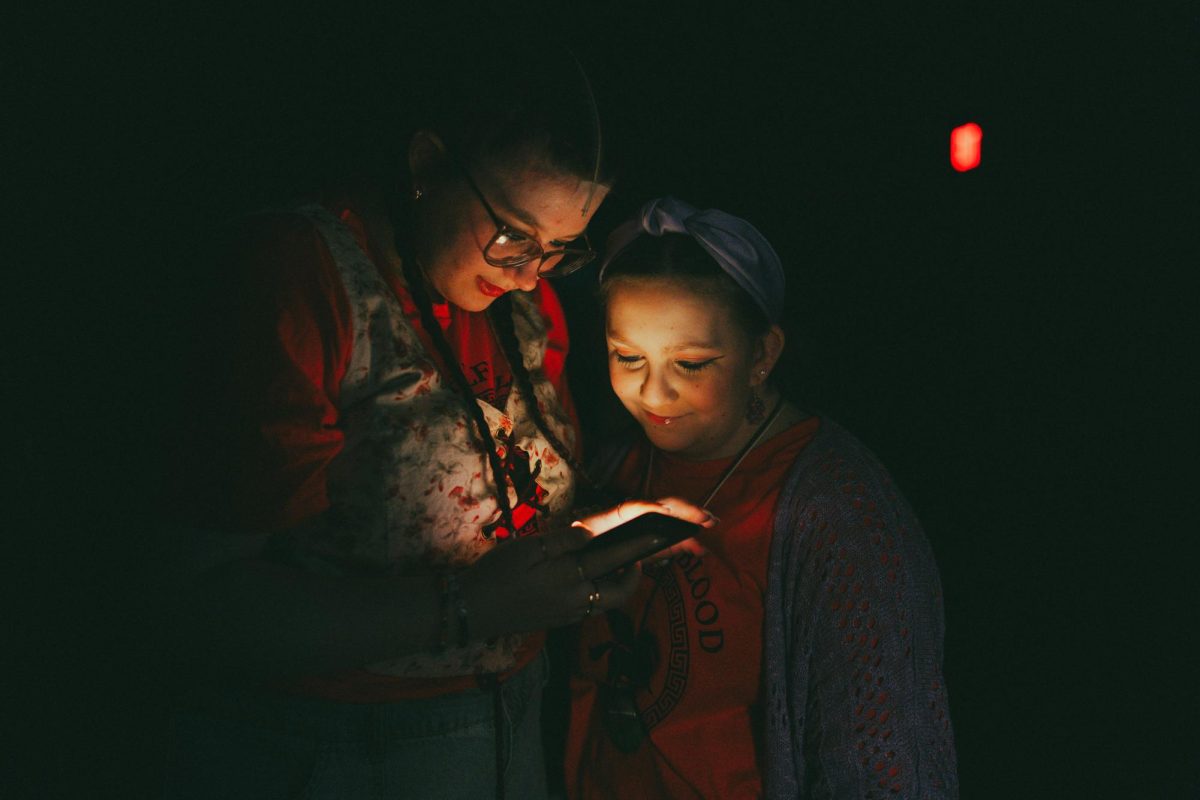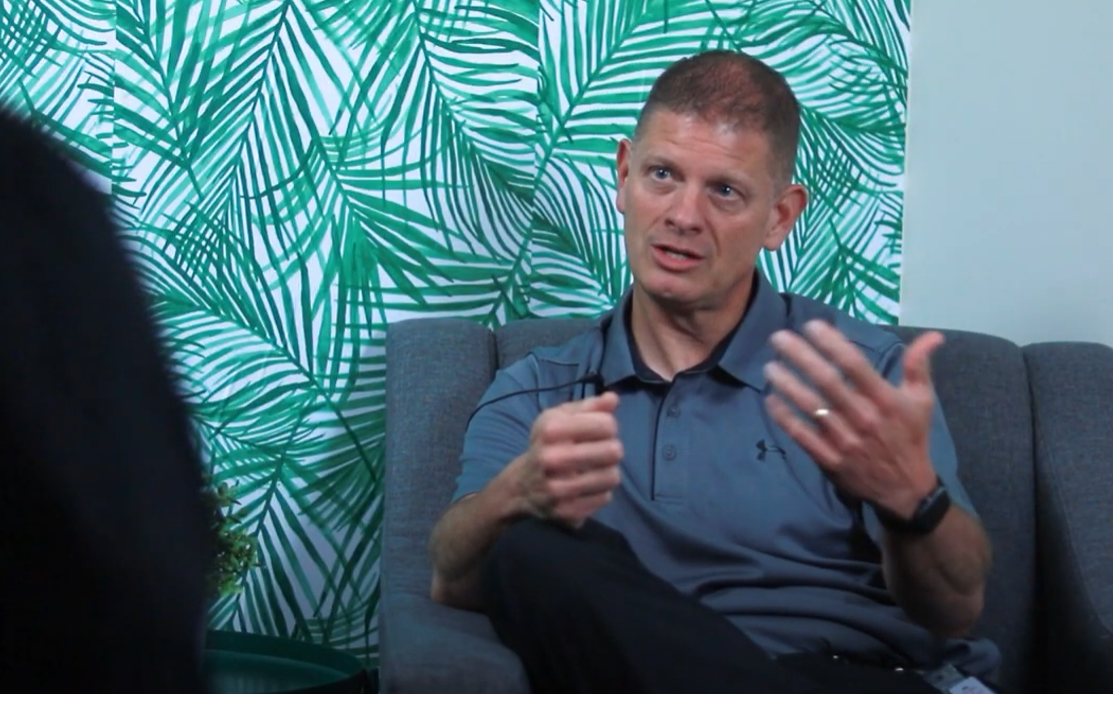High school and sports are synonymous. Friday Night Lights, winning State your senior year, there are so many memories and feelings intertwined between them. But, what happens when you want to take your talents to the next level? We’ve all seen when our favorite college lands the five star recruit how excited everyone gets. But what happens before that? How does an athlete’s recruiting journey change when they’re not the player ESPN writes articles about?
The first step in anyone’s recruiting journey is contact, contact, contact. The fact is, these coaches are busy. You have to put yourself on their radar, you aren’t just going to pop up.
“[I had] a wicked email campaign. I took a full on sales role. I would mass email coaches with catch[y] email titles like “Do you need a 2025 LHP?” And then I’d follow up routinely on multiple platforms until I got their attention. You have to be relentless in your pursuit of these coaches because they are most likely not going to just find you,” said Jackson Hoehn, a former FC pitcher committed to Florida Southern College. Hoehn had to deal with a couple setbacks during his journey, as he was injured for his junior year of high school.
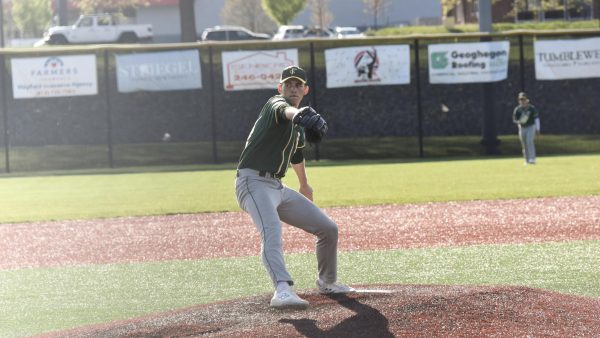
“My recruiting journey started the summer going into my senior year. After coming back from my elbow injury I wasn’t sure where I would stack up with the rest of my class. I had a great summer and contacted as many schools as I possibly could, visiting 11 of them and ultimately decided on Florida Southern.”
For others, the recruiting process started much earlier, with Florida State softball commit Addy Ware starting before high school.
“I did a lot of my own recruiting my 8th grade and freshman year and then I switched to a bigger travel team where my coach did a lot of my recruiting. I spent a lot of my time in a batting cage or at a field just putting the extra work in to get better, that nobody ever saw. When September 1st came, I got multiple phone calls and text messages and I had to make a decision within those visits that I went on which was tough,” said Ware. September 1st of your junior year is the first day when coaches can legally contact you. For some athletes, recruiting is just being in the right place at the right time, and performing your best while there.
“I raced at the Bellarmine Lloyd White distance festival and [University of Southern Indiana cross country coach [Mike] Hillyard was there to watch. As soon as I finished my race he took interest in me and asked me to come visit the team and campus,” said USI cross country runner Noah Nifong. “USI [stood] out to me because it’s a D1 school known for running and is fairly new with good technology and a very well kept campus that’s beautiful.”
For some, the athletics play the largest role in a college choice, but for others- they put the “student” in “student athlete.”
“ …if the school I looked at didn’t have my major I immediately threw it out because you’re going to college to get an education. Then came the baseball aspect; facilities, coaches, roster, etc,” said Hoehn. However, both Hoehn and Ware didn’t mind getting to experience some Florida weather either.
“I am a lover of warm weather so Florida can’t get any better with warm weather year round,” said Ware. That was not the only reason she became a ‘Nole, though. “I was looking for a school that felt like home. I wanted to go far away from home and I wanted to have that feel of ‘home away from home.’ I wanted a program that was a family, and not a distanced, cliquey team, and Florida State is everything I was looking for. They care about their athletes and give them everything they could imagine… FSU checked all my boxes.”
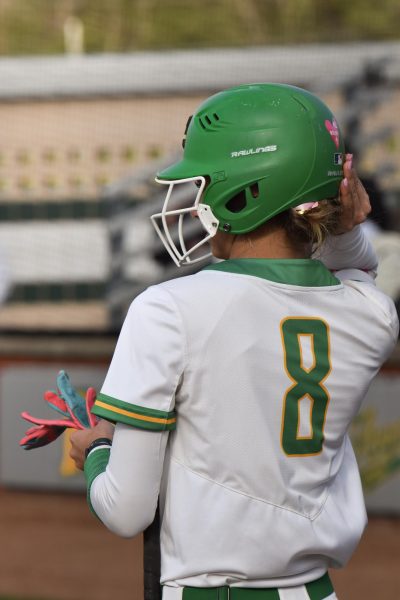
Now, the elephant in the room the past few years in college sports has been Name, Image, and Likeness deals, or NIL for short. This allows athletes to be paid at the collegiate level, and has drastically changed the landscape of recruiting.
“I believe most of it has to do with transfer athletes. Backdoor recruiting is at an all time high, and some athletes are making decisions with clouded judgement because of the money they’re being offered. Don’t get me wrong, I love a good 100k a year, but it shouldn’t come at the expense of your loyalty to a program,” said Hoehn. Along with NIL, the transfer portal has also opened up a new facet of colleges filling roster spots. The portal allows athletes to transfer schools after a season, as many times as they want.
“Some girls will go to schools to play their freshman year, and use the transfer portal to get as much money as possible…NIL has definitely changed recruiting because of how many people enter the transfer portal and how hard it can be for someone who has never played at the collegiate level to compete against girls who have already been there,” said Ware. However, for students like Elise Coleman who is committed to Western Kentucky University for basketball, NIL is for down the road. “I think NIL plays more of a factor if I truly do make a name for myself while I’m in college and playing so that is something I will need to control myself. So, it really didn’t affect how I viewed schools.”
Between NIL and the transfer portal, recruiting is more complicated than ever. Yet, for FC, it seems many athletes are forgoing all of that for a chance to play the sport they love in the place they like best.

